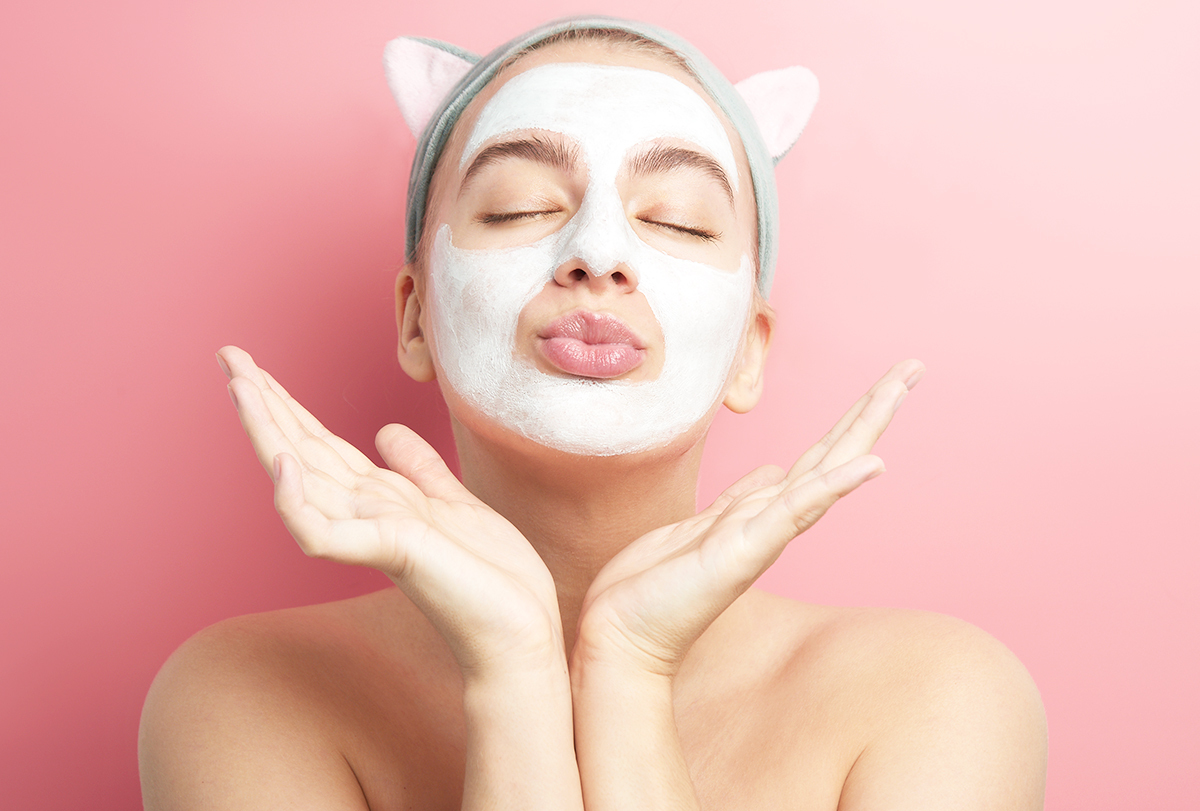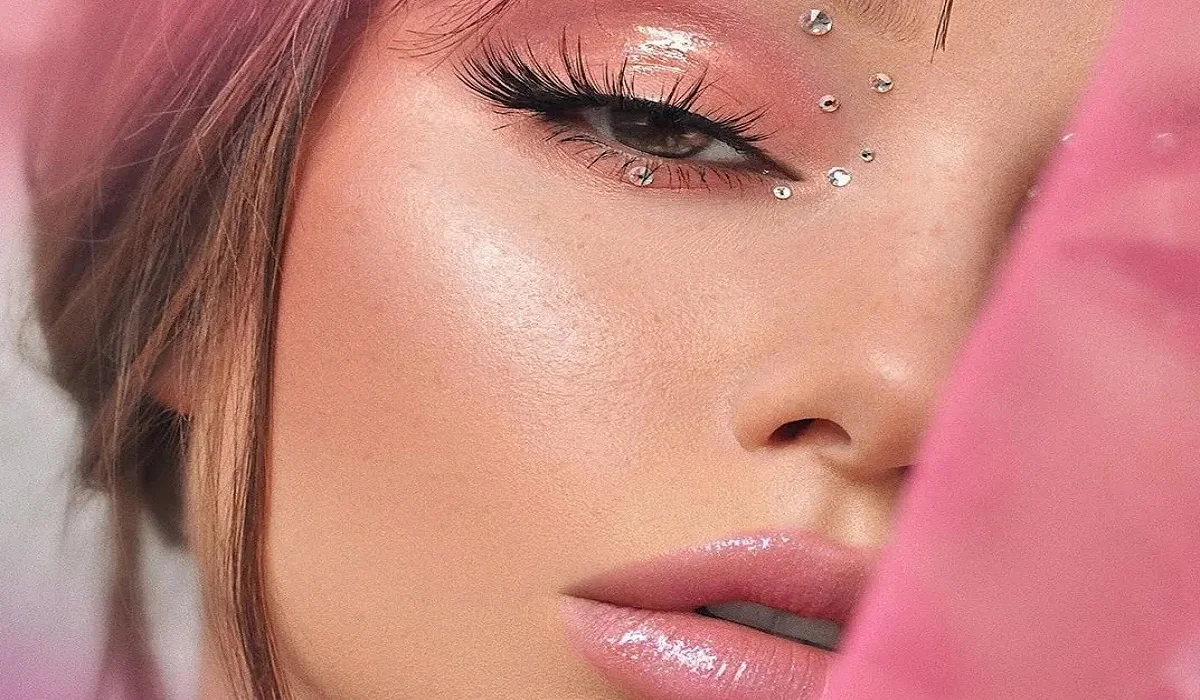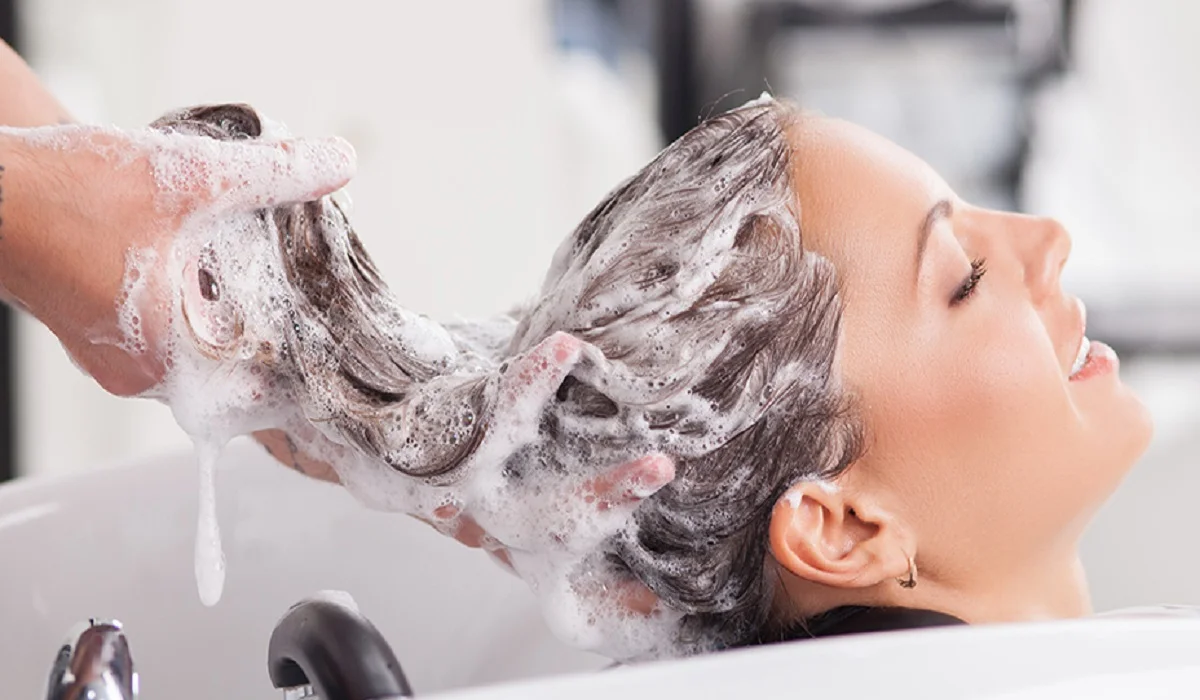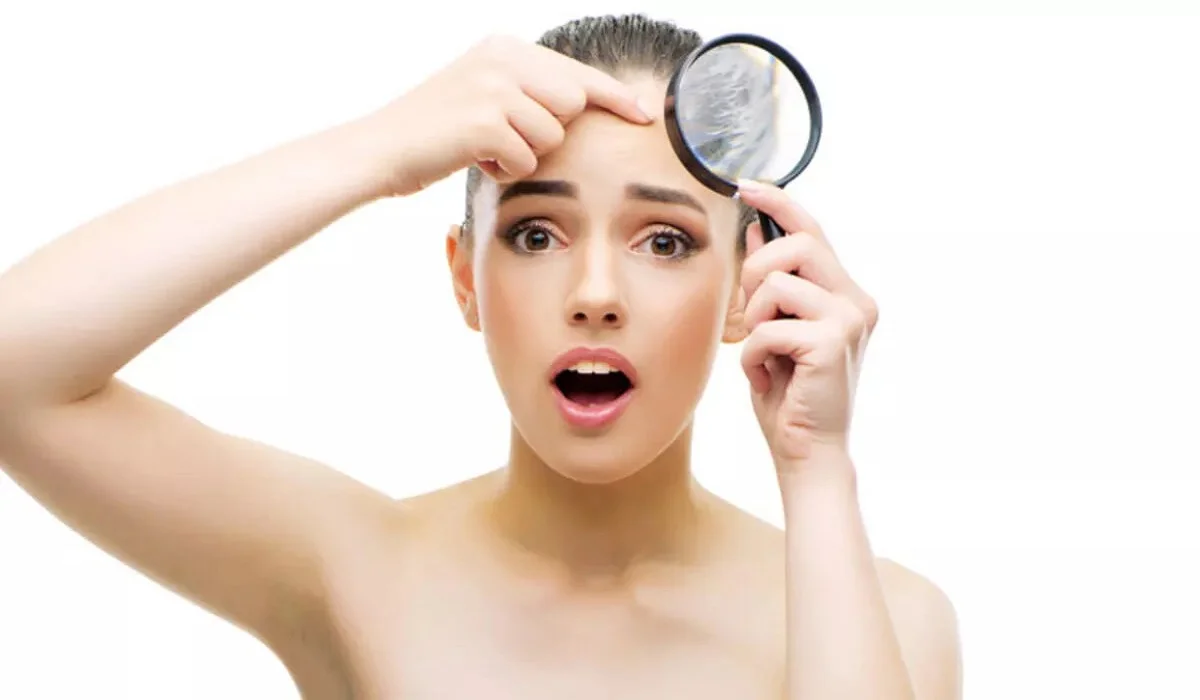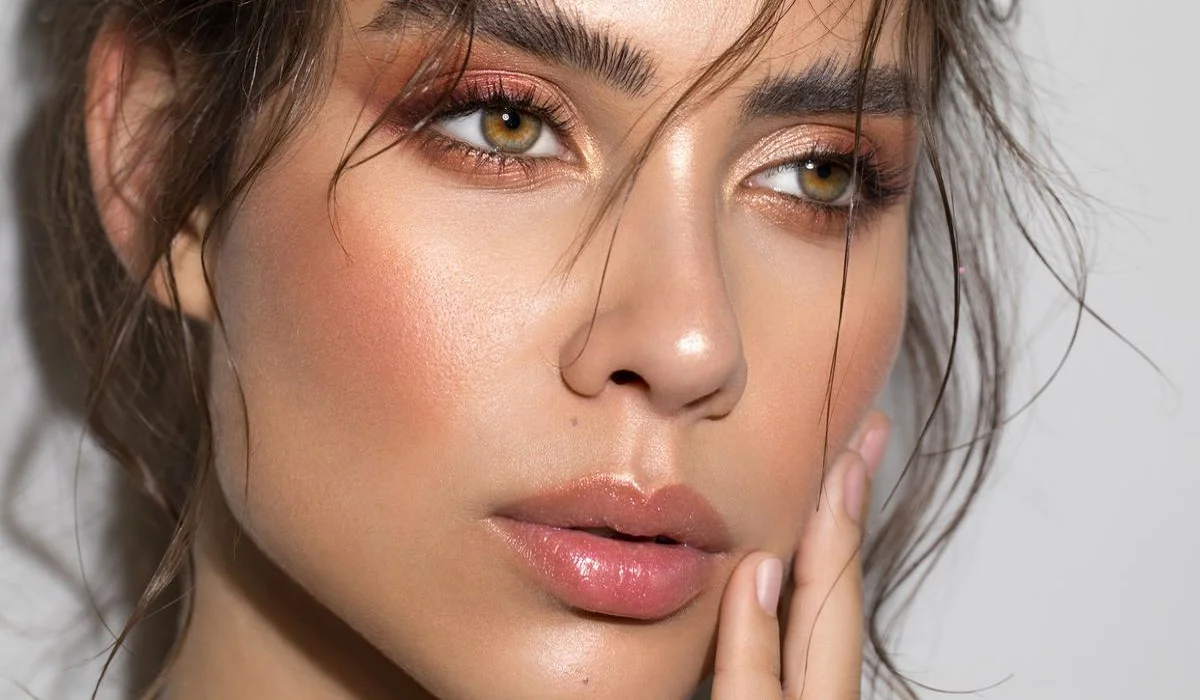Nail art has transcended beyond mere fashion; it’s a form of self-expression. The right nail shape can complement your finger type, elevating your overall look and boosting your confidence. This guide explores the top 7 nail shapes suited for various finger shapes, offering insights into choosing and maintaining the ideal shape for your nails.
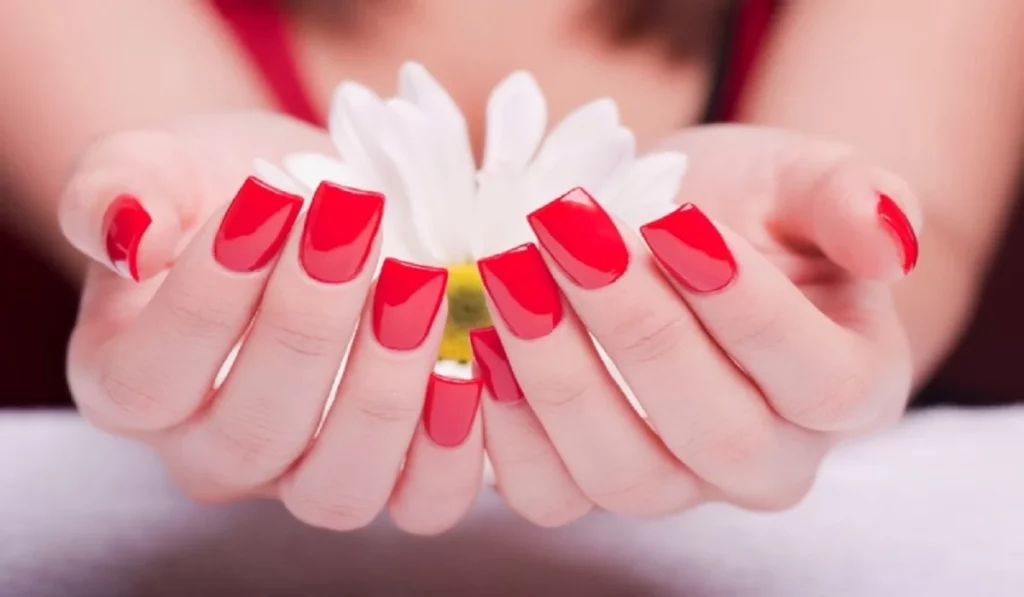
Understanding Finger Shapes
Before diving into nail shapes, it’s crucial to understand your finger type. Finger shapes vary from short and wide to long and slender. The right nail shape can accentuate the beauty of your hands by making your fingers appear more elongated or your hand more balanced.
The Classic Round Nail Shape
Best for Short and Wide Fingers: The round nail shape is timeless and versatile, perfect for those with short and wide fingers. It elongates the fingers, giving them a more graceful appearance.
Elegant Almond Nail Shape
Ideal for Long and Slim Fingers: The almond shape is characterized by slender sides and a tapered tip, resembling an actual almond. This shape is best for those with long, slim fingers, as it adds a touch of elegance.
Chic Oval Nail Shape
Suited for Most Finger Types: The oval shape is similar to the almond but with a softer, more rounded tip. It’s incredibly versatile, suiting most finger shapes and sizes.
Bold Square Nail Shape
Recommended for Long Fingers with Wide Nail Beds: The square nail shape features straight edges and a squared-off tip, ideal for those with long fingers and wide nail beds. It offers a modern, edgy look.
Trendy Coffin/Ballerina Nail Shape
Works Well with Long and Slender Fingers: The coffin or ballerina shape is dramatic and stylish, narrowing down to a flat tip. It’s best for those with long and slender fingers, adding an element of sophistication.
Edgy Stiletto Nail Shape
For the daring and adventurous, the stiletto shape, with its pointed tip, makes a bold statement. It’s not for the faint-hearted but can be a fun way to express your style.
Mix and Match: Combining Shapes for Unique Styles
Exploring hybrid shapes can result in a unique nail style that’s entirely your own. From squoval (a mix of square and oval) to almondette (a shorter almond), the possibilities are endless.

Maintenance Tips for Different Nail Shapes
Maintaining your chosen nail shape requires regular care, including filing and conditioning. Use quality nail care products to keep your nails strong and healthy.
The Impact of Nail Length on Shape
The length of your nails can significantly impact the final look. Whether you prefer short and chic or long and dramatic, choosing the right length is key to complementing your chosen nail shape.
Color and Design Tips for Each Nail Shape
Selecting the right color and design can further enhance your nail shape. Bright, bold colors can make short nails stand out, while nude or pastel shades can elongate the appearance of your fingers.
Professional Advice on Nail Shaping
When visiting a salon, it’s essential to communicate your desired nail shape clearly. A professional nail technician can offer advice tailored to your finger shape and lifestyle.
DIY Nail Shaping Techniques
For those who prefer to shape their nails at home, investing in the right tools, such as a good quality file and cuticle oil, is crucial. Follow a gentle filing technique to avoid damaging your nails.
Common Mistakes to Avoid While Shaping Nails
Avoid over-filing or using a back-and-forth motion, as this can weaken your nails. Instead, file in one direction to achieve a smooth finish.
Celebrity Inspirations for Nail Shapes
Many celebrities flaunt unique nail shapes, providing plenty of inspiration. From Rihanna’s bold choices to Taylor Swift’s classic styles, you can find a celebrity look that resonates with your personal style.
Choosing the right nail shape can significantly enhance your hand’s appearance and complement your personal style. Whether you prefer a classic round or a bold stiletto, there’s a nail shape suited for every finger type. Experiment with different shapes and maintenance techniques to discover the perfect look for your hands.
- How often should I file my nails to maintain their shape?
- Can changing my nail shape affect the health of my nails?
- What nail shape is best for typing or playing an instrument?
- How do I choose the right nail shape for my wedding or special event?
- Is it possible to change my nail shape if I don’t like it?


